Popular Trà Xanh Variations
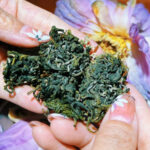
Lục Trà
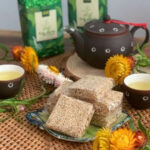
Trà Xanh Thái Nguyên (Thai Nguyen Green Tea)

Trà Tân Cương

Trà Ô Long
Trà Xanh: Ingredients and Preparation
Main Ingredients
Main Preparing Method
Preparation Process
Trà Xanh: A Deep Dive
Cultural Significance
Taste
Texture
Aroma
Color
Serving Style
Serving Temperature
Accompaniment
Occasions
Calories
Popularity
Popular Similar Drinks
- Longjing
- Sencha
- Trà Lài
- Trà Sen
Popular Dining Area
Trà xanh is a traditional Vietnamese drink of green tea made from leaves that are not wilted and oxidized for a mild yellow color. Sometimes, the tea leaves even produce a greenish-yellow hue. Additionally, there are many tea leaf varieties that produce different flavors.
To retain the enzyme and antioxidant properties of trà xanh, Vietnamese locals pan-fry and steam the tea leaves. Commonly, Vietnamese green tea is enjoyed warm and with no sweeteners.
The brewing of trà xanh is typically kept simple: hot water is added to the tea leaves, allowing them to release their essence. In Vietnam, trà xanh is considered a healthy drink, believed to help lower the risk of heart disease and cancer.
Take your time to explore the many versions of trà xanh along with the positive and negative aspects of drinking this healthy beverage. Then, find out more about the many inquiries relating to trà xanh and discover some drinks that are similar to it.
Key Points
Trà Xanh Images
What Are the Different Variants of Trà Xanh?
In Vietnam, trà xanh encompasses a wide range of tea. For that, let me introduce you to 5 popular versions of trà xanh:
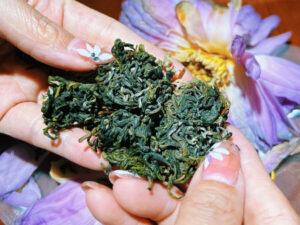
Lục Trà
Known for its fresh and slightly sweet taste
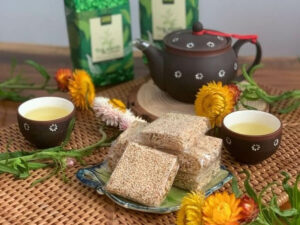
Trà Xanh Thái Nguyên (Thai Nguyen Green Tea)
A renowned green tea from the Thai Nguyen ProvinceFamous for its bold flavor and aromatic qualities
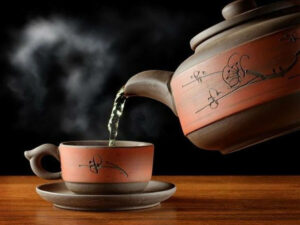
Trà Tân Cương
A type of green tea from the Tan Cuong areaNoted for its strong aroma and deep color

Trà Ô Long
Oolong tea that is partially oxidized with complex flavorsHas a high level of antioxidants
Next, explore some of the benefits and drawbacks that trà xanh offers, especially when you intend to incorporate it into your daily consumption.
Pros and Cons of Drinking Trà Xanh
When you’re about to have trà xanh, keep these features in mind to make the right decision on whether this drink is suitable for you or not:
Pros
Cons
Next, expand your understanding of trà xanh with various answers for some of the common concerns relating to this Vietnamese tea beverage.



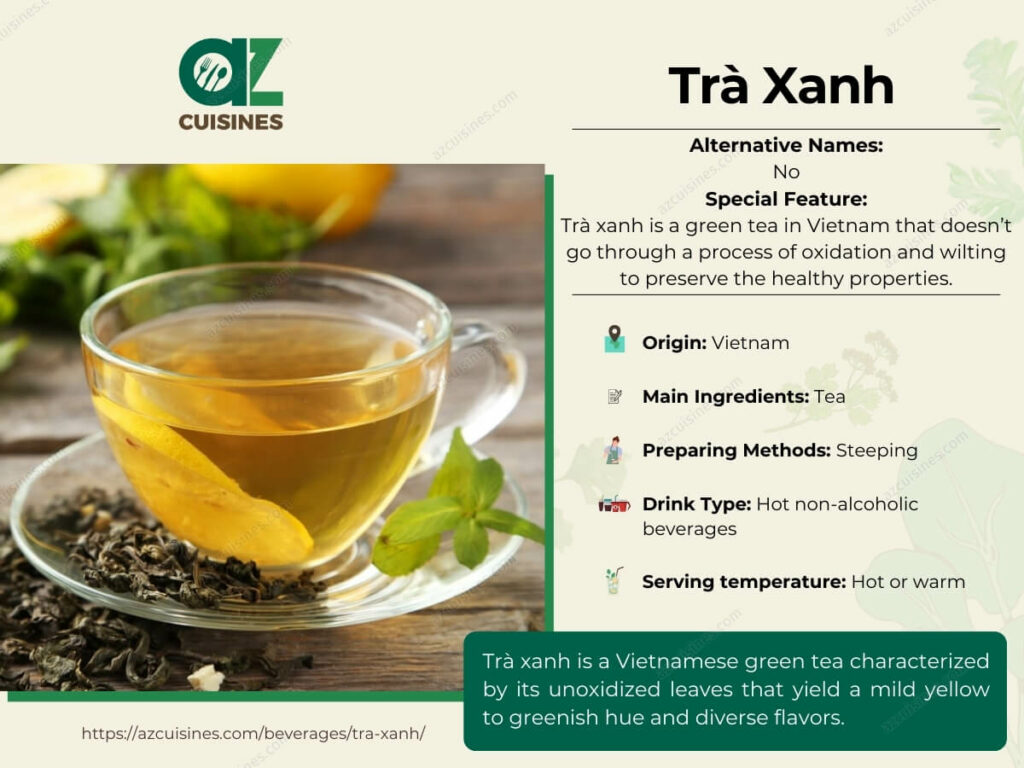
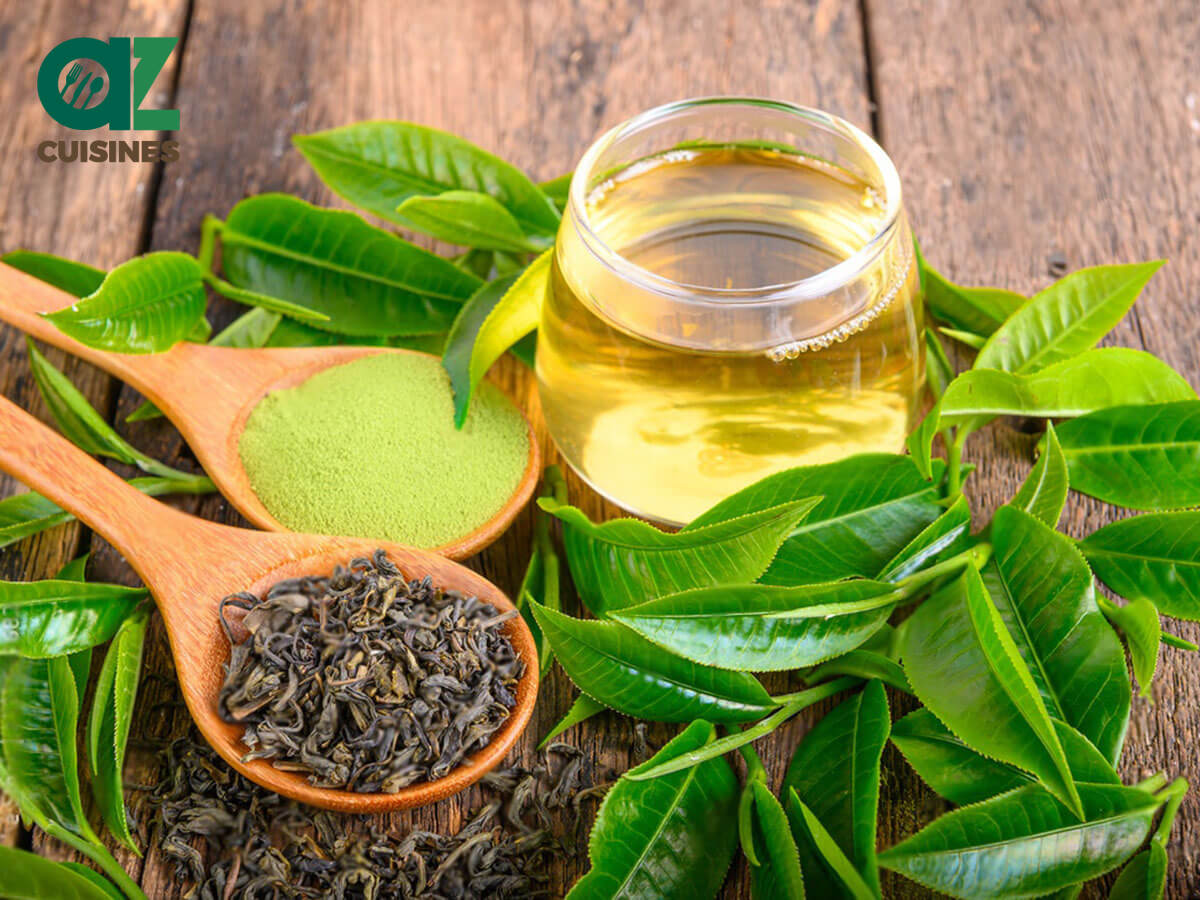
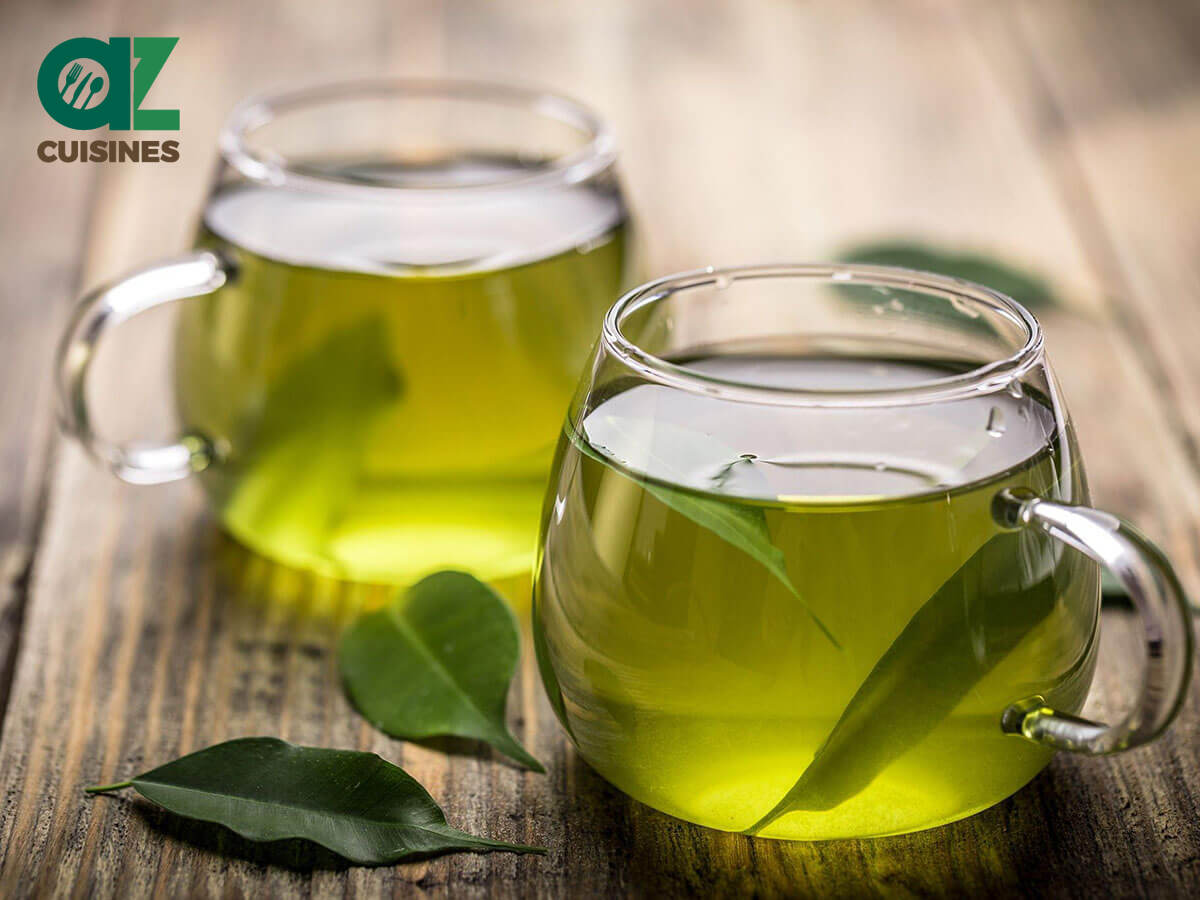
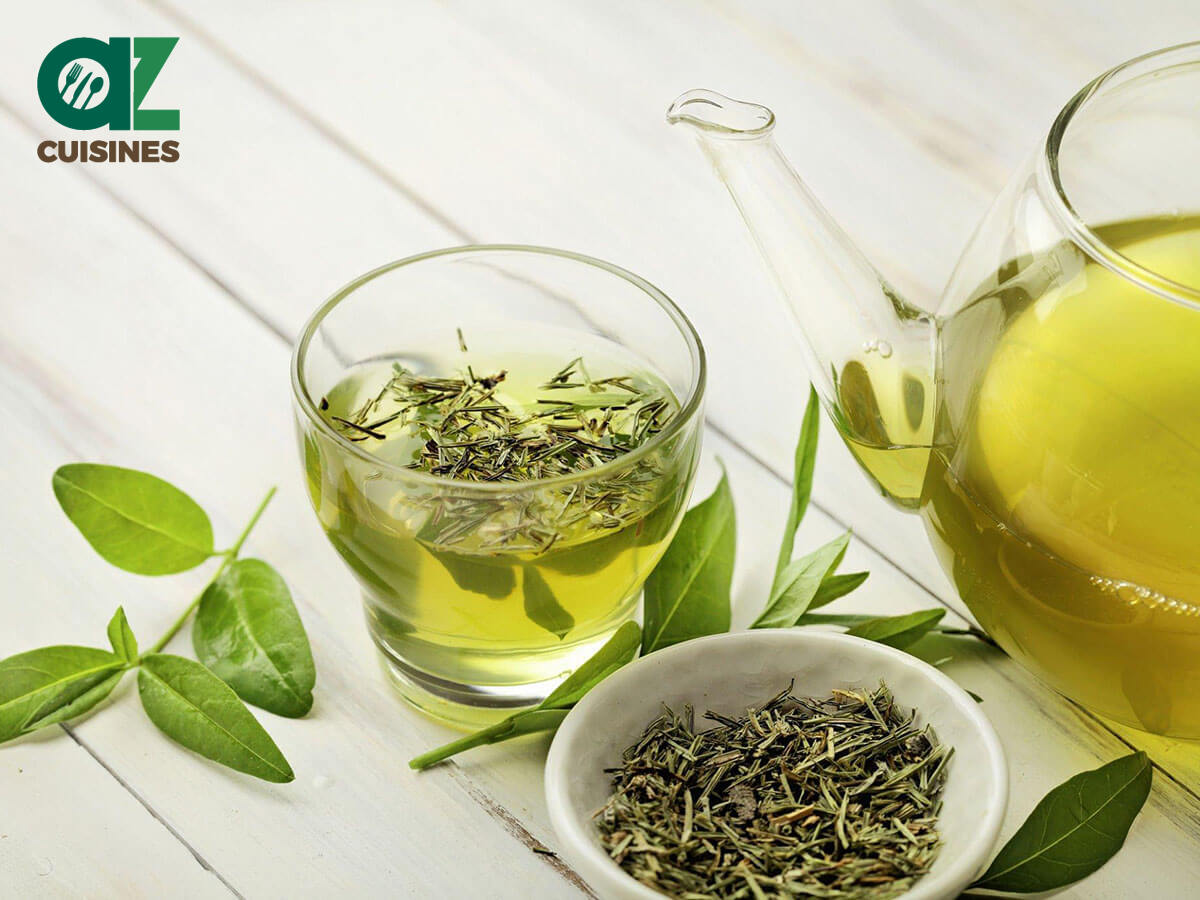
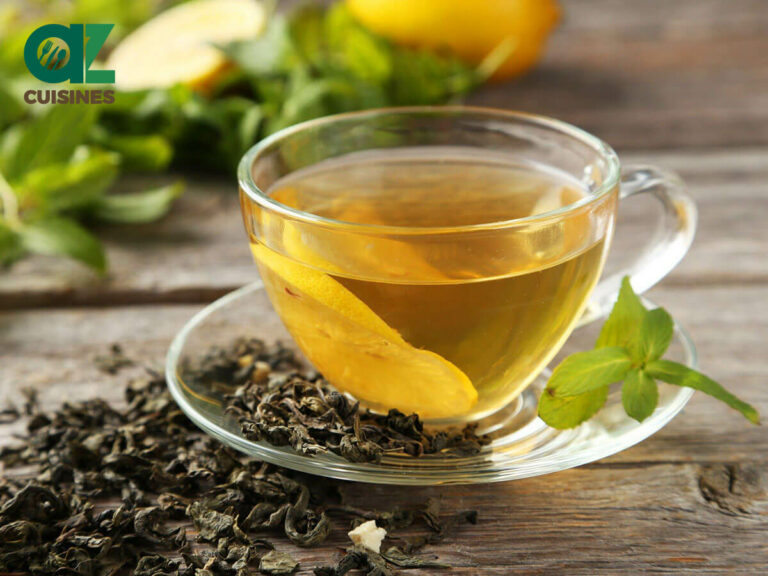
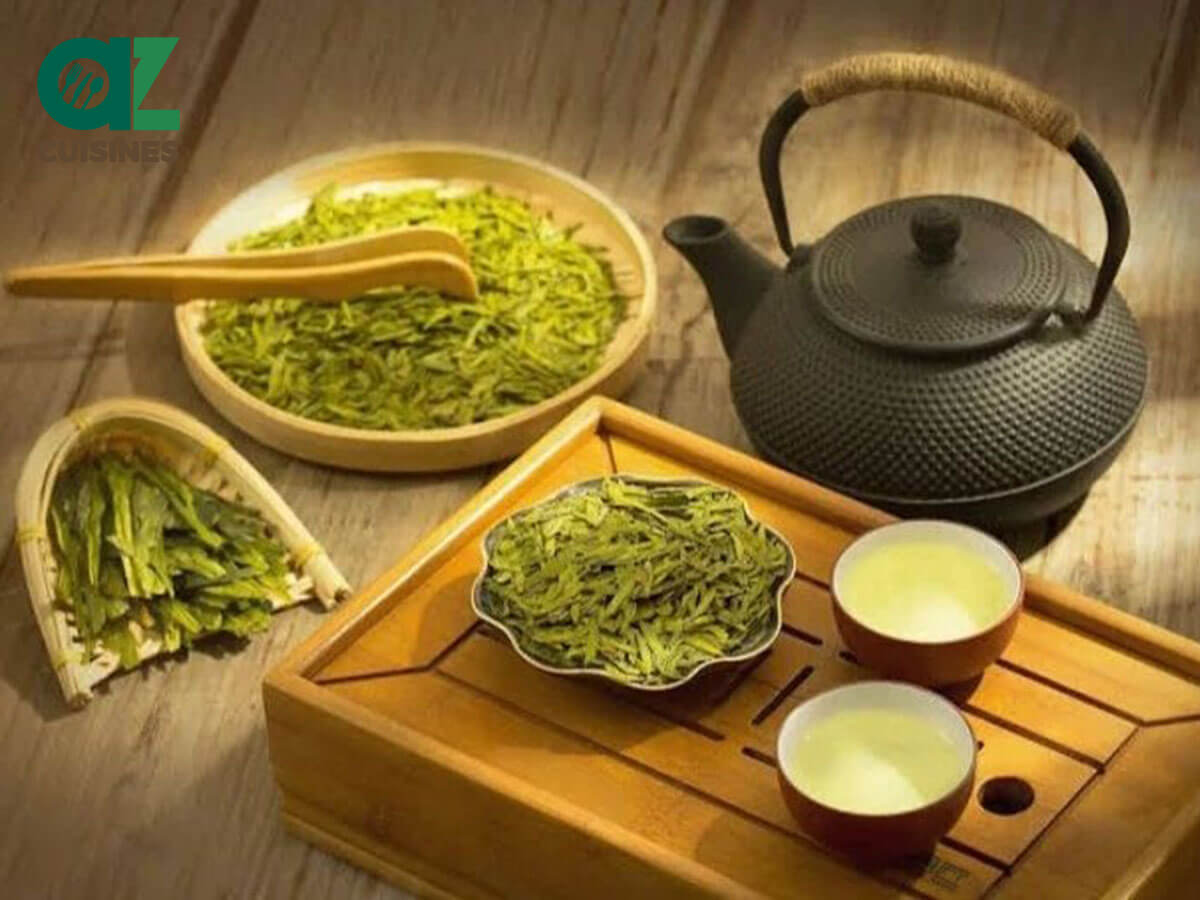
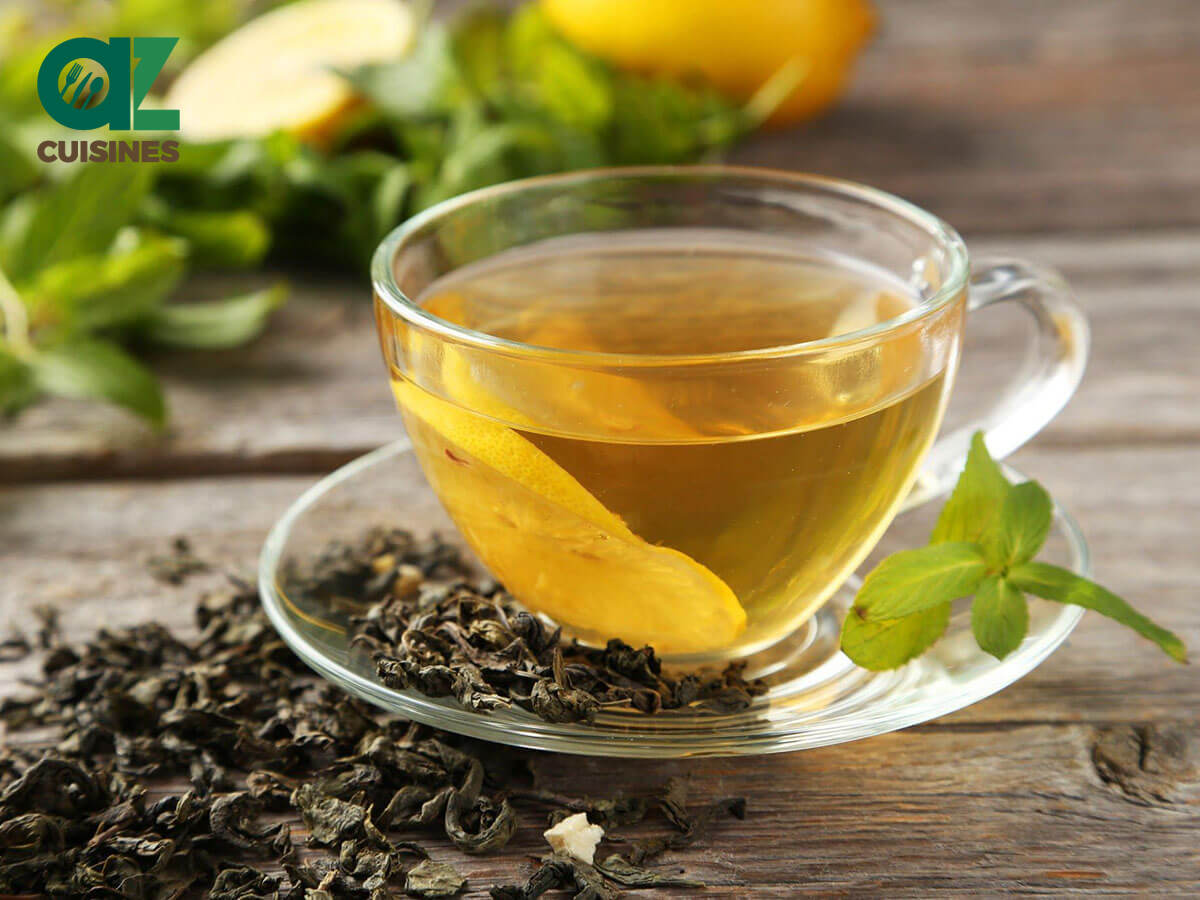
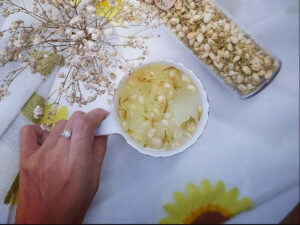

Adam Sam
Senior Food and Drink Editor
Expertise
Food Writer & Recipe Developer, Recipe Tester, Bartender, Cooking-video Maker, Editor In Chief
Education
Adam Sam, an experienced food writer and recipe developer, is passionate about blending diverse culinary traditions, national dishes, and innovative beverages, showcasing his proficiency in both traditional and modern recipe testing.
As the Editor-in-Chief, he elevates culinary content from street food to fine dining, focusing on Western cuisine and types of drinks at azcuisines.com, and is professional in creating engaging cooking videos that simplify complex dishes and ingredients.
His passion for food is evident in his writing, where he uniquely merges various cultures, traditions, and contemporary trends, skillfully combining classic recipes with modern cooking methods.